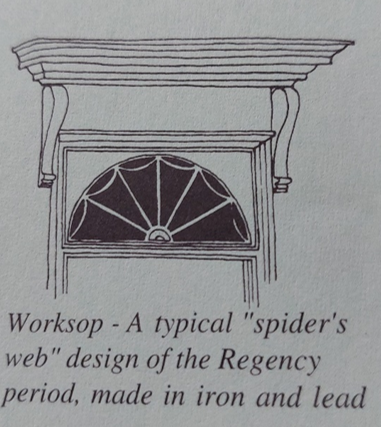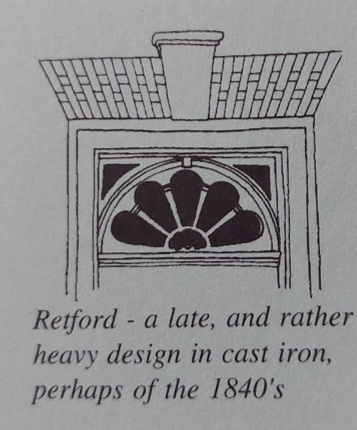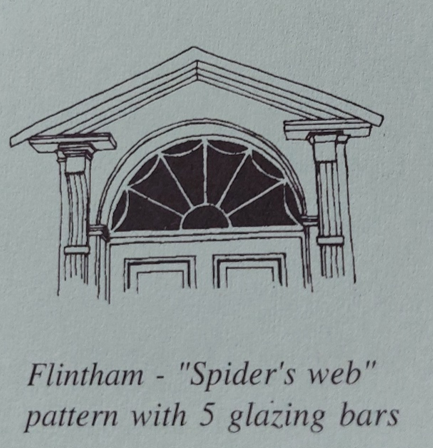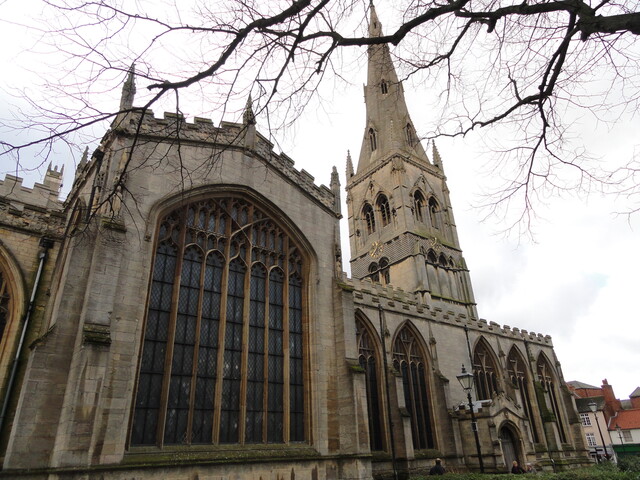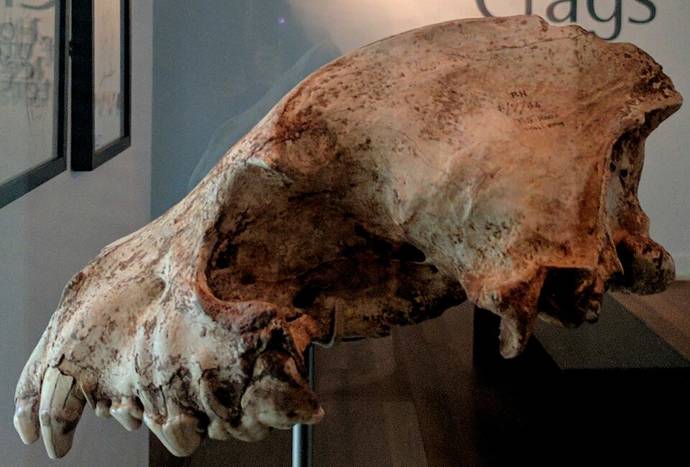October 2025 Nottinghamshire Heritage Events
- Posted in:
- GetInvolved
October is jam-packed with exciting events aimed at celebrating a wide variety of Nottinghamshire's history, including the Bramley Apple, the 1940's, and our rivers and the mills associated with them. Whatever your interest and no matter your age, we're sure there's something for you to get stuck into! Here's a list of just some of the events happening this October:
Monday 6th October: In association with Creswell Crags, ‘join Dr Ceren Kabukcu (University of Liverpool) online to discover Palaeolithic plant diets in Southwest Asia and the Eastern Mediterranean’. This online evening talk is free, but booking is required. Book your place here.
Opening Thursday 9th October: Opening this October, an exciting exhibition explores the connection the River Leen has with Nottinghamshire's history at the Lakeside Arts. ‘From its source in the Robin Hood Hills above Newstead Abbey to the River Trent at the Meadows, the River Leen connects places and communities. This exhibition puts the Leen at the centre of the story of modern Nottingham’. If you can't catch this exhibition this month, no worries as it will be open until March 2026! This exhibition is free, and booking is not required. For more information, visit the event page here.
Saturday 11th and Sunday 12th October: Southwell Workhouse and Infirmary is hosting four sessions of a ‘Workhouse Stories’ puppet show. ‘Based on the lives of people who lived and worked in Leeds Union Workhouse, Workhouse Stories is a puppet show suitable for all and aimed at 8+ years. Come and discover the stories of blind boat builder Thomas Bateman, the ghost of Asenath Batley and the perils of paperwork with John King, former Clerk to the Board of Guardians’. This event is free, and booking is not required, however places may be limited. For more information, visit the event page here.
Tuesday 14th October: Friends of the Framework Knitters Museum ‘are pleased to welcome Steve LeMotte, curator at the Trent Bridge Cricket Club Museum, for a fascinating talk titled; “Trent Bridge – It’s Not Just Cricket!” Discover the surprising and lesser-known stories behind one of the UK’s most iconic sporting venues — from historic events to the people and moments that shaped its legacy beyond the boundary ropes’. Tickets cost £6 and are available at the Museum front desk. For more information, visit the event page here.
Tuesday 14th October: Lakeside Arts will also be hosting an Archaeology NOW Talk titled ‘Malindi: An Old Town with Rich and Diverse History’. ‘Join Doris Kamuye, Curator at the Malindi Museum, for this live-streamed talk from Kenya. Discover Malindi, at the Coast of Kenya, founded around the 7th century, with a rich history influenced by the Indian Ocean. Malindi is home to popular UNESCO World Heritage Sites, including the Gedi Historic Town and Archaeological Site, the “Mijikenda Kaya” forests, and the oldest European monuments in East Africa – the Vasco da Gama Pillar and the Portuguese Chapel’. This event is free, but booking is required. Book your place here.
Wednesday 15th October: Head down to the Nottinghamshire Archives for their ‘Collections Care for Photographs’ event. ‘There will be examples of photographic conservation projects carried out at Nottinghamshire Archives. There will also be an introduction to the Inspire Picture Archive, including highlights of the collection and how to upload new images’. Tickets cost £6 and booking is required. Book your place here.
Wednesday 15th October: At Worksop Library, the ‘Heritage Talk: Historic Gardens of Nottinghamshire’ will ‘draw on the wealth of gardening heritage remaining in the county'. Join 'Philip Jones, a former local studies librarian, is now a freelance garden historian, currently researching the Victorian and Edwardian gardens at Newstead Abbey and its head gardeners’. This event costs £3 and booking is required. Book your place here.

Above: Harold Godwinson arriving in his longship depicted on the Bayeux Tapestry. (CC BY-SA 3.0)
Saturday 18th October: Lakeside Arts’ Museum Explorers drop-in event for kids will explore 'the Viking Age by looking at the longboats that they built and travelled across the sea in, on their many voyages. Have a go at making your own model longboat to take home! Suitable for child aged 7+'. This event is free and booking is not required. For more information, visit the event page here.
Saturday 18th and Sunday 19th October: The annual 1940s Steam event returns for its seventeenth year at Papplewick Pumping Station. Activities include: ‘An array of military and civilian re-enactors, Displays and encampments, Period vehicles, Trade stalls, Live entertainment, and Live Action skirmishes’. Ticket prices and it is cheaper to pre-book online than on the door. Book your tickets here.
Starting Saturday 18th October: ‘Explore Sherwood Forest this spooky season with their Halloween family trail’. ‘Pick up your trail sheet from the Visitor Centre and follow the Major Oak trail. Immerse yourself in our Halloween adventure, complete with spooky scarecrows and a code to crack’! Prizes available upon completion. This spooky trail is available until Sunday 2nd November. Sheets cost £4.50 and booking is not required. For more information, visit the event page here.
Tuesday 21st October: At Mansfield Central Library, ‘local historian Denis Hill looks at the dozen or so water mills that once operated along the River Maun’ in the Heritage Talk ‘Water Mills of Mansfield’. Tickets cost £3 and booking is required. Book your place here.
Saturday 25th October: Southwell’s beloved ‘food and drink fair returns for its annual autumn slot at Southwell Minster with dozens of stallholders offering all manner of food and drink including pies, chocolates, jams, chutneys, pickles, sausages and much more’. The festival celebrates one of Nottinghamshire’s heritage treasures: the Bramley Apple! There is a suggested entry donation of £3, and booking is not required. For more information, visit the event page here.
Saturday 25th October: Also celebrating our Bramley Apple history, the Workhouse and Infirmary is hosting a ‘Bramley Apple Day’. There will be many apple-themed activities including the ‘longest Apple peel challenge’, children’s yoga sessions, building tours and the return of the Pauper Choir. This event is free, and booking is not required. For more information, visit the event page here.
Monday 27th October: Join Dr Angharad Jones online to discover the evidence of mammal migrations during the Ice Age in association with Creswell Crags. ‘During the Ice Age, climates changed, ice sheets expanded and contracted, and sea levels rose and fell. Mammals responded to the changes in many ways, including migration. This talk will highlight examples of mammal migration and resulting species range shifts during the Ice Age. As well as species range shifts, this talk will explore the evidence for seasonal migrations of mammals. The talk will finish with a discussion of how mammal migrations are being impacted by human activity today’. This online talk is free but booking is required. Book your place here.

